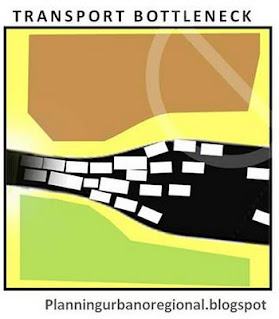By - Anoop Jha
Ignorance to the very thing which initiated the settlement of city
River which was supposed to be the life of city has become a dumping yard of city and ignored like a backyard of house in the course of evolution of city. Most of the early civilizations evolved and nurtured on the banks of river, there must be some reason for that.
Historically City used to be a combination of human Settlement, built form and River, which used to be a complete experience in itself, and key to an autonomous existence, because people used to be utterly dependent on river for –
Agriculture,
Food,
Grazing Land,
Trade,
Business,
Transport,
Drinking water,
Other Daily Activities
Contemporarily most of the rivers in the developing countries are either polluted or ignored or both, the only activity related to that is -
Dumping Industrial Waste
Dumping city sewage and waste water
Retrieving water for drinking and other purposes
For majority of rivers in the cities of developing countries the case is that river is no more directly related to livelihood of residents of the city, insignificant business or trade activities related to river, dominance of surface transport, numerous other recreational activities and places other than river. Even rivers are perceived as hindrance in Commuting from one part of city to the other (common feeling: God forbid the long route and traffic jams on bridges crossing river at rush hours!!!).
Need is to Understand the significance of river in forming the balanced ecosystem in the dynamics of city. Cleaning, nurturing and integrating the river stretches in to the fabric of city. There is an urgent need for Pro-river Planning approach integrating it with mainstream city life. Strict but sensible river conservation and integration guidelines need to be in the place.
Even if the Riverfront Development is not possible due to some constraints like revenue, resource etc. some of the strategies to integrate river to the city life can be –
River cleansing and maintenance through diversion and downstream disposal of city waste water and sewage
Streamlining, developing and maintaining optimum acceptable standards of clean and safe public spaces with public facilities at river banks
Providing access to “public transport nodes” from river bank at walkable distances,
Integrating every existing open and green space of city to the riverbank
24X7 Surveillance and easy help facilities


.jpg)




